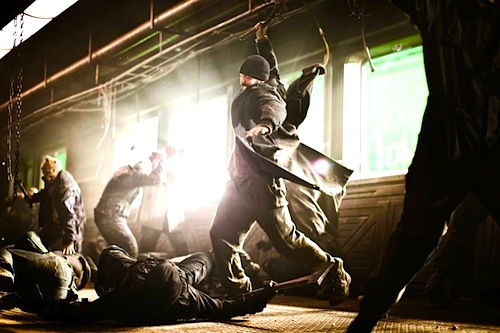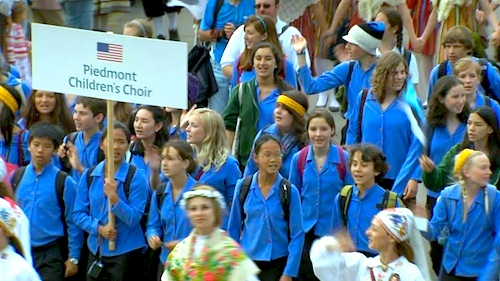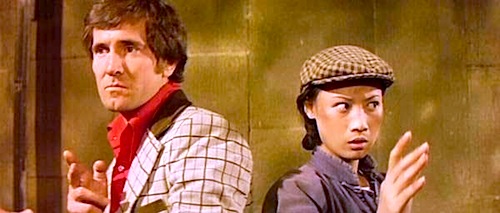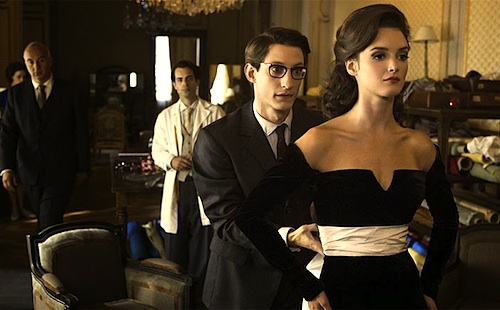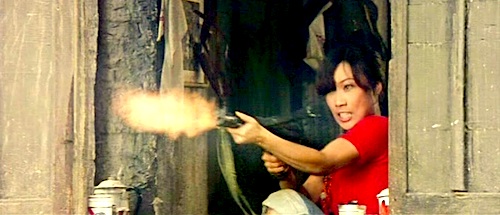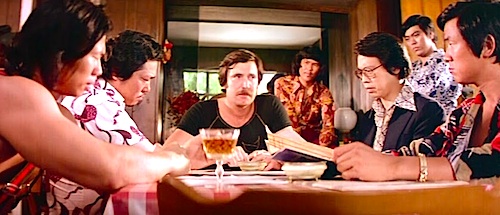By Joe Bendel. Napster-generation kids will probably never appreciate the art of liner notes. Obviously, there is no place to put them on an illegal download. There is also the clear implication that the music contained within is worth taking the time to discuss at length. Nat Hentoff always, always believed jazz was an art form worthy of serious attention. Not surprisingly, many of Hentoff’s admirers first knew him for his LP notes and jazz journalism. However, David L. Lewis devotes roughly equal time to Hentoff’s tireless defense of free expression. It is a continuing commitment that cuts across ideological lines. As a result, he offers an unusually complex and intellectually engaging profile of the NEA Jazz Master in The Pleasures of Being Out of Step: Notes on the Life of Nat Hentoff, which opens this Wednesday in New York.
Hentoff never worried about winning popularity contests. To put things in perspective, Hentoff was fired from Downbeat magazine decades ago, because he hired an African American. In a bit of a scoop, Hentoff provides an ironic coda to this notorious story during a public appearance Lewis captures. Nevertheless, it still illustrates Hentoff’s personal and political commitment to racial equality. The fact that he was on good terms with musicians like Max Roach and Charles Mingus (not exactly shrinking violets) and developed a considerable level of trust with Malcolm X, speaks volumes.
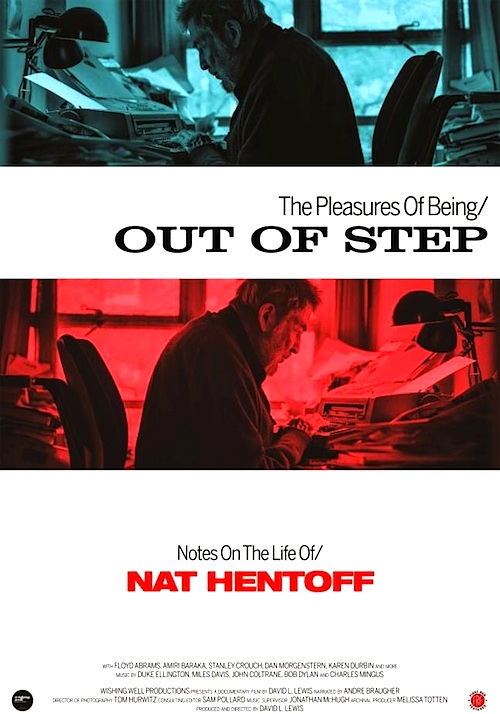 Through his long association with the Village Voice, Hentoff also emerged as arguably the strongest and most consistent defender of civil liberties. While Lewis never addresses Hentoff’s dissenting reports on Terri Schiavo (which frankly shames us all as a nation), he tackles the columnist’s unapologetically pro-life evolution (for much the same reasons he opposes capital punishment).
Through his long association with the Village Voice, Hentoff also emerged as arguably the strongest and most consistent defender of civil liberties. While Lewis never addresses Hentoff’s dissenting reports on Terri Schiavo (which frankly shames us all as a nation), he tackles the columnist’s unapologetically pro-life evolution (for much the same reasons he opposes capital punishment).
Indeed, Lewis’s instincts are pretty much spot-on throughout Pleasures. While fully establishing Hentoff’s nonpartisan dedication to principle, he largely lets the man speak for himself. Of course, it is easy to see why. Six decades of courting controversy have not dulled his wit, eloquence, or flair for the provocative. Most importantly, Lewis licensed many classic, thematically appropriate jazz recordings for the soundtrack (Mingus, Roach with Abbey Lincoln, Duke Ellington, Artie Shaw, etc.). It probably sounds like a no-brainer to use jazz music in a film about jazz, but you would be surprised how many filmmakers lose faith in their subjects and opt for mushy mood music instead.
So good for Lewis for recognizing jazz and contrariness make an entertaining combination. Probably nobody agrees with Hentoff up and down the line (his wife certainly does not, but she is also a smart, dynamic interview subject). Yet, it is always interesting hear the Cato Institute fellow make his case. Fittingly, Hentoff is also on the board of the Jazz Foundation of America, so he would most likely approve of closing this review with an invitation to support their efforts on behalf of real deal musicians in need at their website. Highly recommended for supporters of jazz and the Constitution, The Pleasures of Being Out of Step opens this Wednesday (6/25) in New York at the IFC Center.
LFM GRADE: A-
Posted on June 25th, 2014 at 11:11pm.
